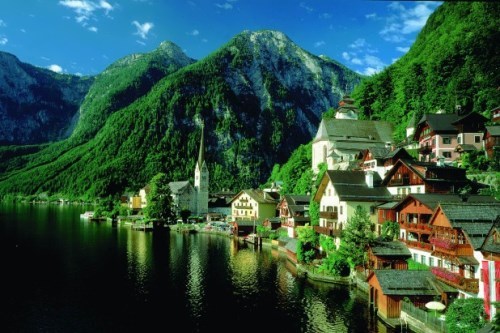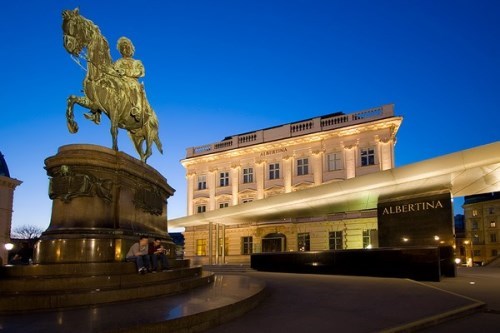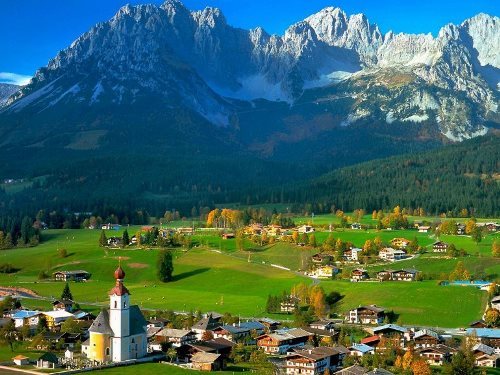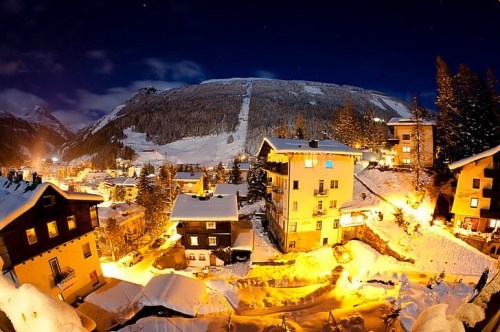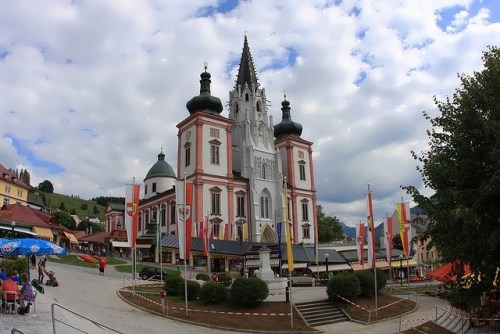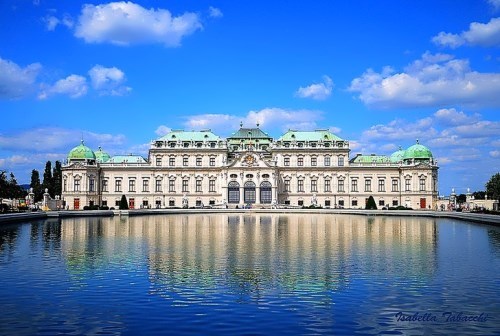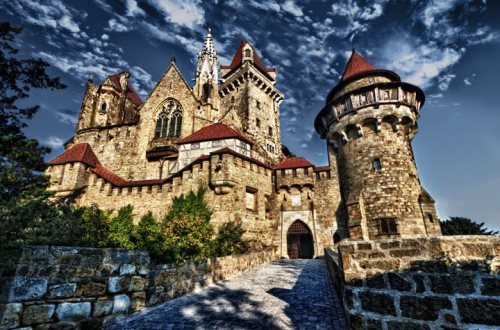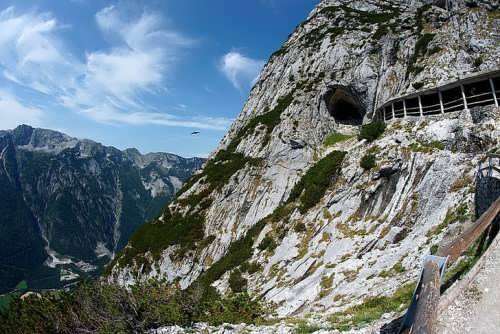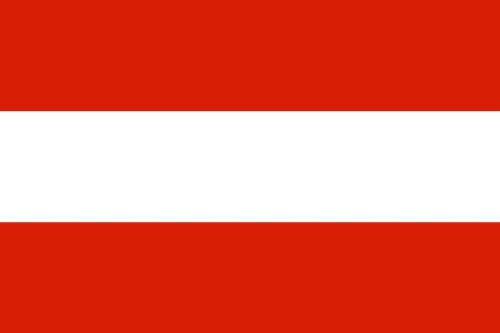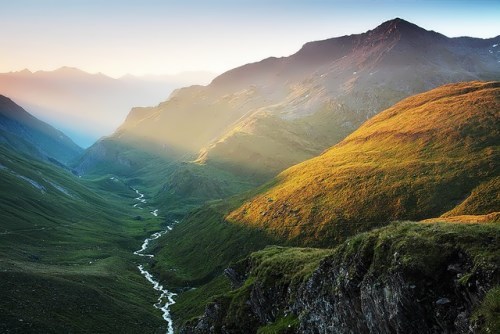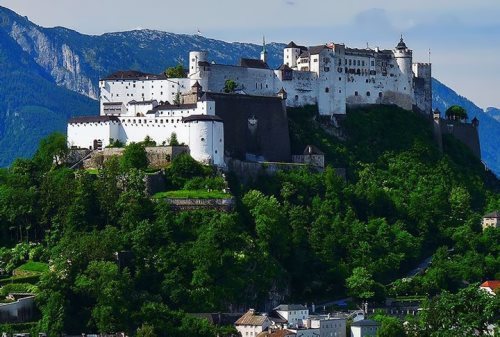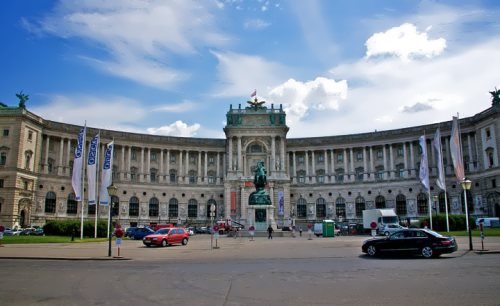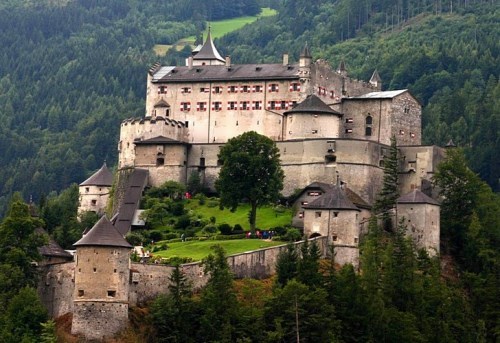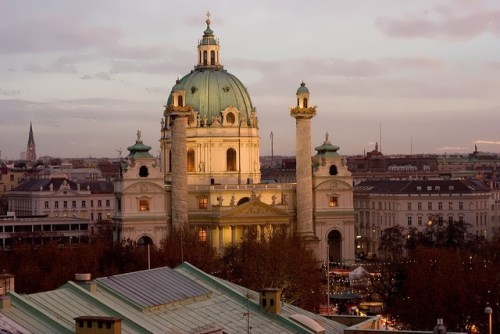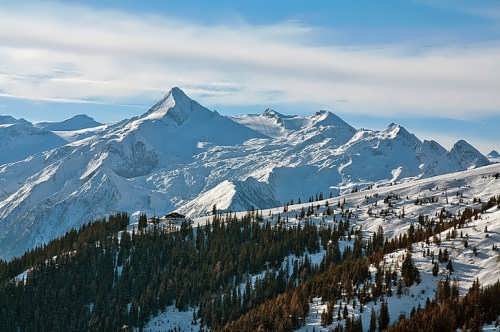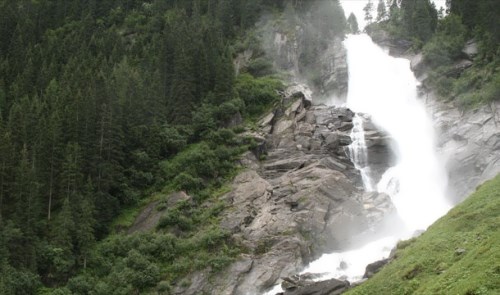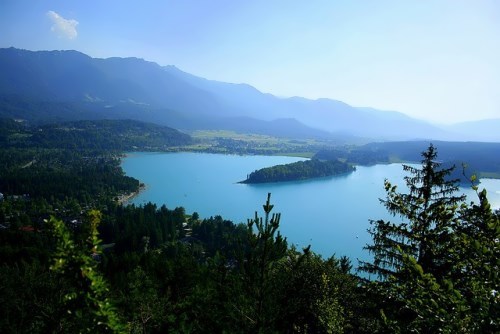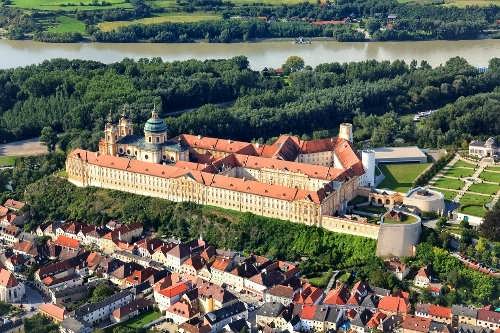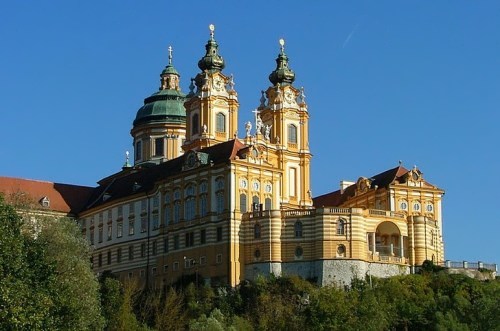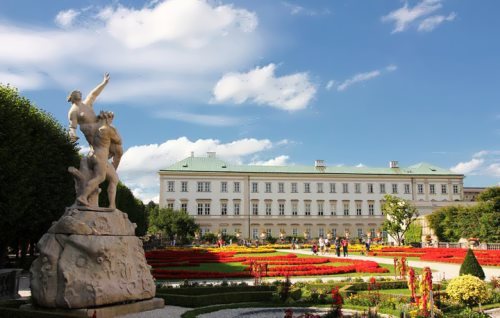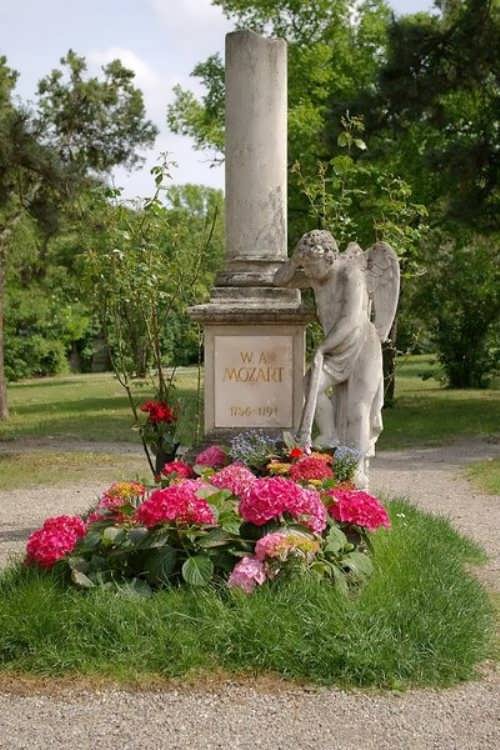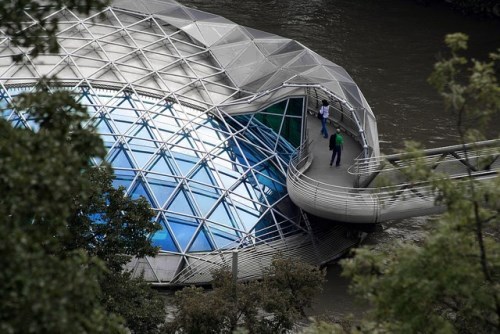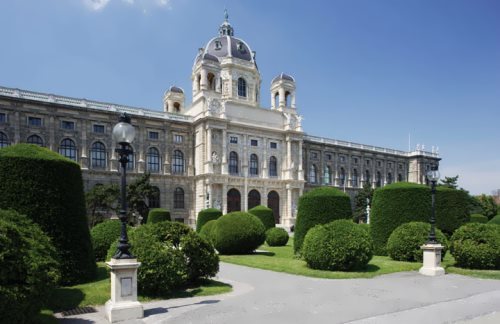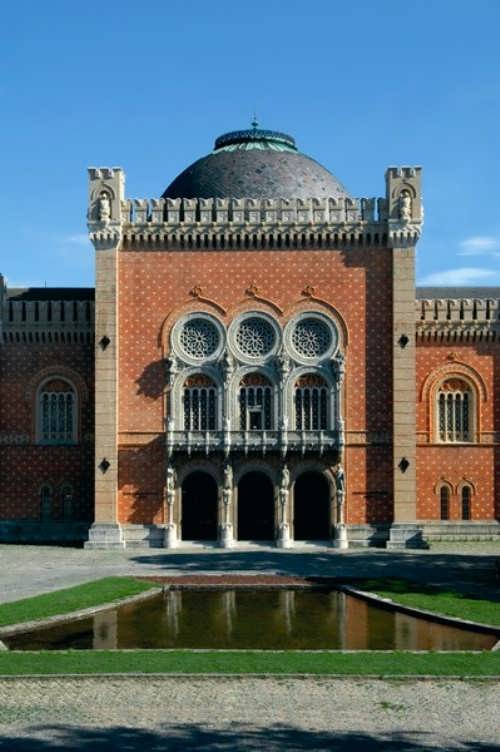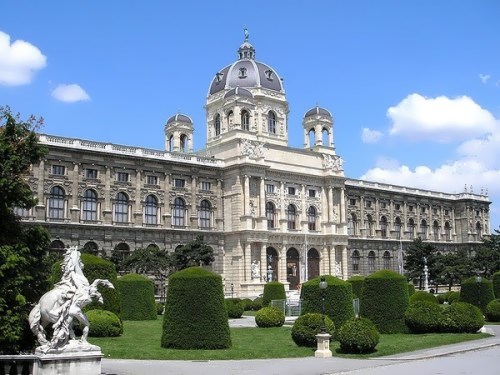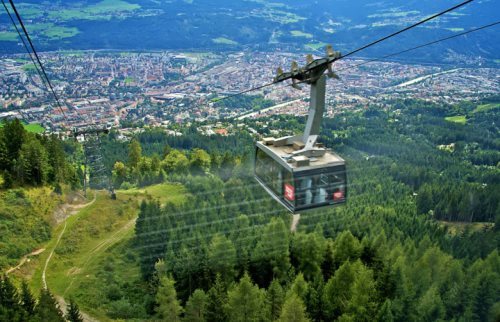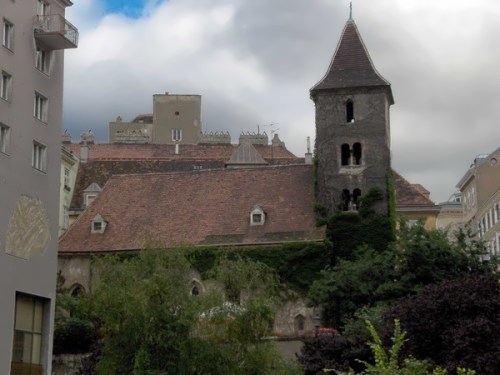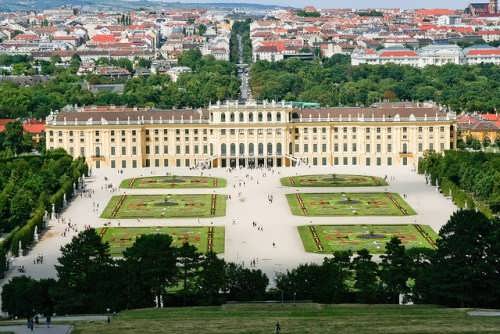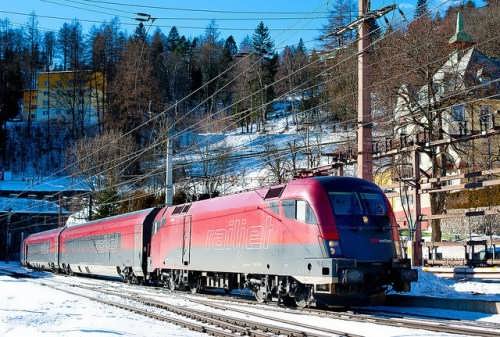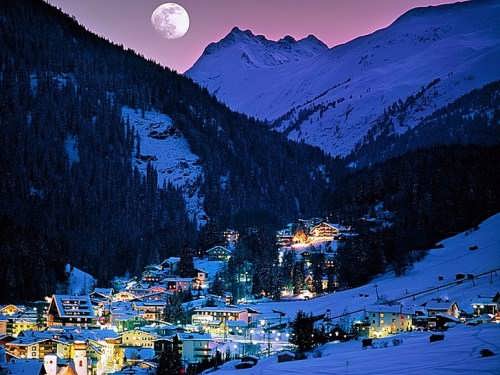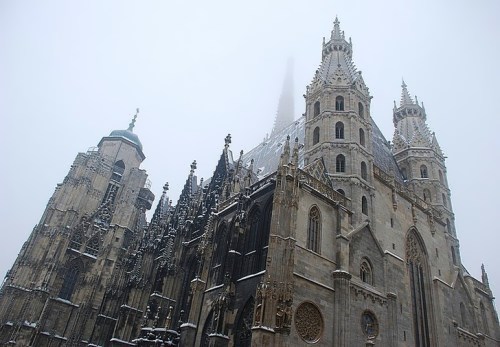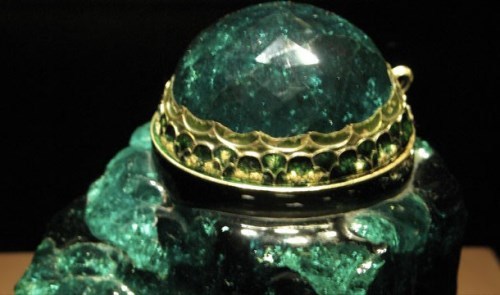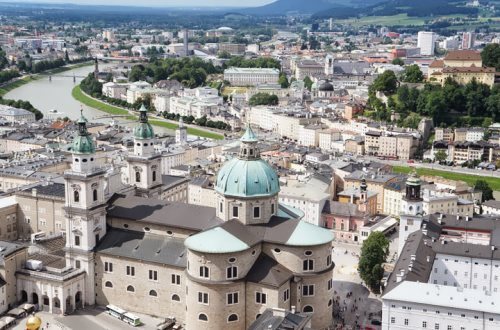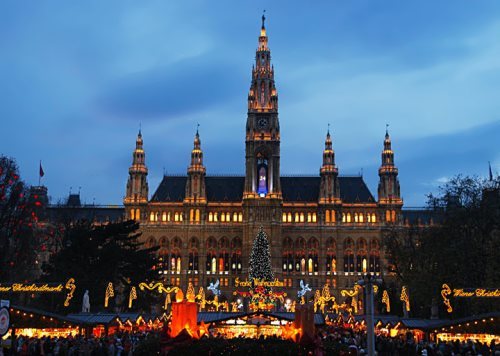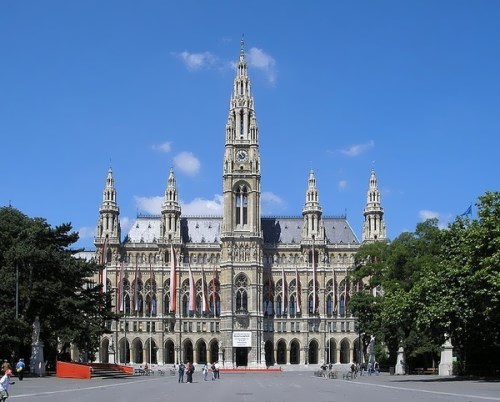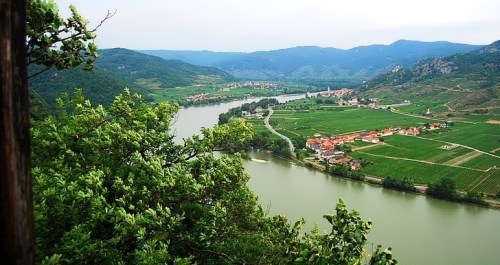Austria – Land of the Blue Danube
Austria is a small beautiful European country. Its area is 83,858 square kilometers. Austria is bordered by Switzerland, Liechtenstein, Germany, the Czech Republic, Slovakia, Hungary, Italy, and Slovenia.
Most of it is covered with woods and meadows, and it looks lush and green. The Danube River drains almost the entire country, and the main lakes are Lake Constance and Neusiedler Lake. The Alps stretches across the country for nearly 340 miles from east to west. The highest peak, Grossglockner, is 3,798 meters above sea level. There are many ski resorts in the Alps. Brenner Pass connects Austria with Italy.
German is the official language of Austria. More than 90 percent of the people are Austrian.
Tourism and banking are major areas of the service industry.
Austria’s natural resources include brown coal, iron ore, petroleum, natural gas, and magnesite.
Romans, Germans, Slavs, Hungarians, and others have invaded Austria during its long history. From 1282 until 1918 the Hapsburgs ruled Austria. In the 1800s the Hapsburgs joined with Hungary to form an empire called Austria-Hungary. The empire collapsed in 1918. Adolf Hitler invaded Austria and made it a part of Nazi Germany in 1938. After World War II the United States, Great Britain, France, and the Soviet Union each occupied one of the zones. In 1955 Austria gained independence.
Vienna is the capital of Austria. It is famous for its music and buildings, especially the museums and palaces. The spire of St. Stephen’s Cathedral is one of Vienna’s most impressive sights. The cathedral bell weighs 20 tons. Cannons captured from the Turkish army in 1711 were used to make it. The State Opera is the place where the opera composers Richard Wagner and Giuseppe Verdi conducted and where Gustav Mahler was director. It was opened in 1869 with a performance of Wolfgang Amadeus Mozart’s Don Giovanni. Museums have been made from houses of famous composers Joseph Haydn, Mozart, Ludwig van Beethoven, Franz Schubert, and Johann Strauss. Now Vienna is called one of the music capitals of the world.
Interesting facts
– Wieners (also known as frankfurters or hot dogs) were named after Vienna, which is known as Wien in the German language.
– A bridge in Austria has the highest columns (184 meters) of any bridge in the world.
– Tiergarten Schönbrunn is the first zoo in the world! It was founded in Vienna in 1752.
– Austrian inventor Josef Madersperger created the world’s first sewing machine in 1818.
– Haslauer is the first official hotel in the world. It was founded in 803.
– The biggest cemetery in Europe is located in Vienna. There are about 3 million tombs in Zentralfriedhof, including the tomb of Beethoven, Gluck, Brahms, Strauss, and Schubert.
– Arnold Schwarzenegger was born in the village of Thal, near Graz (Austria).
– Austrian Alps occupy 62% of the country.
– The name of Austria came from the German word Osterreich, which means Eastern Empire. The word originated in the days of the Holy Roman Empire.
– Krimml is the highest waterfall in Europe. Its height is 380 meters!
